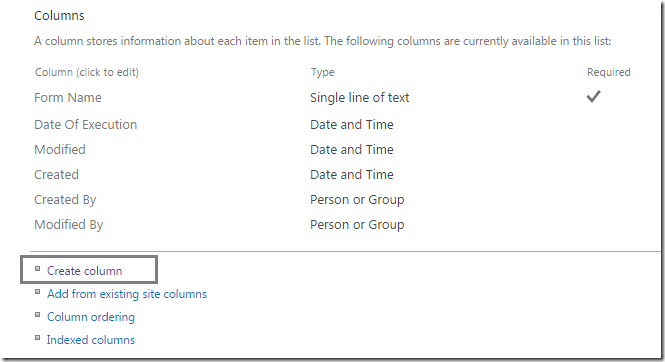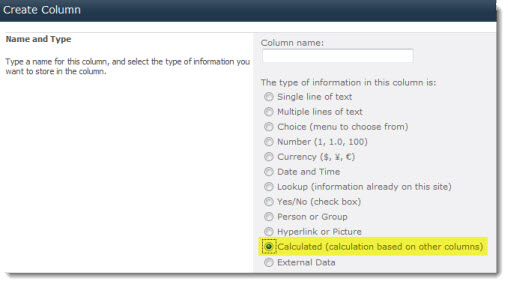

Hours between two times, when the difference does not exceed 24 (4) To present the result in a total that is based on one time unit, use the INT function, or HOUR, MINUTE, or SECOND function. Hours, minutes, and seconds between two times (4:55:00) Hours and minutes between two times (4:55) For this method to work, hours must not exceed 24, and minutes and seconds must not exceed 60. To present the result in the standard time format (hours:minutes:seconds), use the subtraction operator (-) and the TEXT function. Returns the number of days between the dates, ignoring the year part (165)Ĭalculate the difference between two times Returns the number of months between the dates, ignoring the year part (5) Returns the number of days between the two dates (1626) Use the DATEDIF function to perform this calculation. =DATE(YEAR()+1,MONTH()+7,DAY()+5)Ĭalculate the difference between two dates To add a combination of days, months, and years to a date, use the DATE, YEAR, MONTH, and DAY functions. To add a number of years to a date, use the DATE, YEAR, MONTH, and DAY functions. To add a number of months to a date, use the DATE, YEAR, MONTH, and DAY functions. When you manipulate dates, the return type of the calculated column must be set to Date and Time. To add a number of days to a date, use the addition (+) operator. You can use the following formulas to perform calculations that are based on dates and times, such as adding a number of days, months, or years to a date, calculating the difference between two dates, and converting time to a decimal value. Returns a dash when the value is an error To display a dash, #N/A, or NA in place of an error value, use the ISERROR function. To display a blank or a dash, use the IF function. To display a zero, perform a simple calculation. If 15 is greater than 9 or less than 8, return "OK". Use the IF function to perform this comparison. Determine whether a number is greater than or less than another number You can use the following formulas to test the condition of a statement and return a Yes or No value, to test an alternate value such as OK or Not OK, or to return a blank or dash to represent a null value. If the website's culture is then changed to en-us (United States), the formula changes automatically to: =IF(Number1>Number2,5,10). For example, suppose the following formula is created on a website whose culture setting is fr-fr (France): =IF(Number1>Number2 5 10). SharePoint automatically changes the delimiter character to the one that is appropriate for the language/culture of the current page. Regardless of which character is used when the field is created, the formula works on lists in SharePoint websites anywhere in the world. In such countries, users creating a calculated field must use semi-colons " " as the delimiter character.

In some countries, the comma is reserved for use as the decimal mark. All example formulas in this topic use commas "," as the parameter delimiter character.


 0 kommentar(er)
0 kommentar(er)
